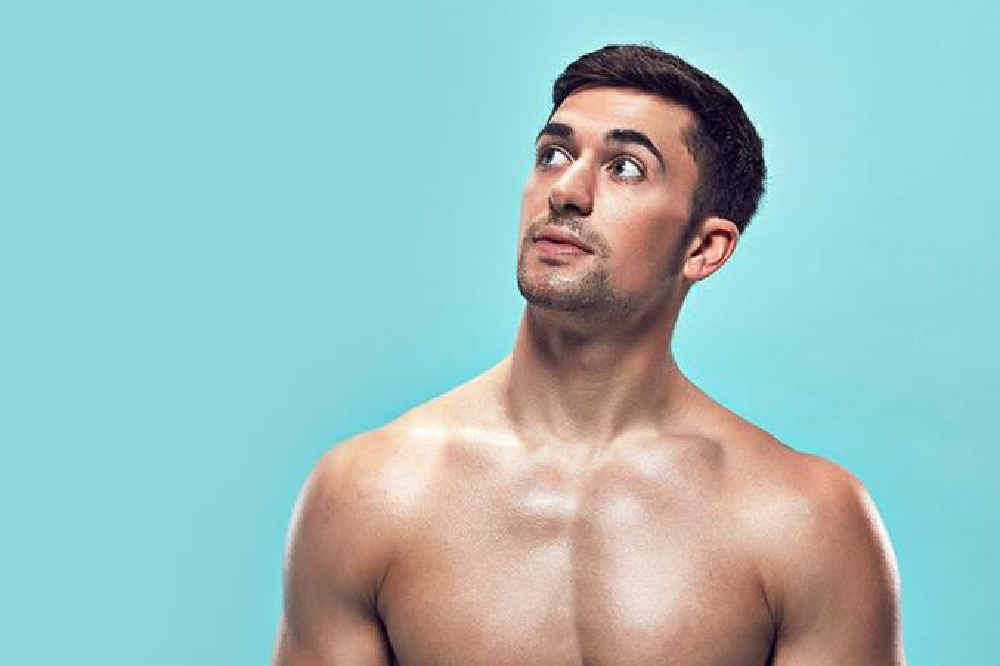Always do your cardio after a resistance workout - carbohydrates are always the chosen source of energy your body burns first whenever you work out. During a resistance workout, you will have depleted the majority of stored carbohydrates that have been digested in the body, so, by carrying out cardio afterwards, you will be tapping into your stored body fat and burning that!

Callum Melly
Get in the weights room - weight training creates an after-burn for 48 hours after you do a resistance workout - that means your body is still working for you and burning more calories for that period of time (which means extra fat burning even while you sleep!)
Do a variety of rep ranges over a period of time - As demonstrated in the BODY IN 8 program exercise plan, altering the amount of reps you do, and altering the size of the weight you use, over a period of time, will help to target every muscle in the body and promote lean muscle development. The more lean muscle you have, the more effective your metabolism is which will promote more natural fat loss.
Take your time while you train - When it comes to weight training, many people simply focus on how quickly they can pull, push or lift their weight, without focusing on the lengthening process when they bring their weight back down. This act of lengthening the muscle is just as important as contracting, because the longer the muscle is put under tension the better the results. So taking your time on both lengths of the contraction is key to burning more fat!
Burn extra calories during rest periods with active rest - While rest periods might feel great during an intense workout, they are precious seconds you could be using to burn even more calories! When you're in your rest recovery period, do a light active rest activity such as jogging on the spot or bench step-ups to burn even more fat fast! (You have all the other hours in the day to really rest, after all.)
Added tip: Whatever workout you're doing, from walking to resistance training, you should be working at 60-70% above your resting heart rate to maximise results.
By Callum Melly

